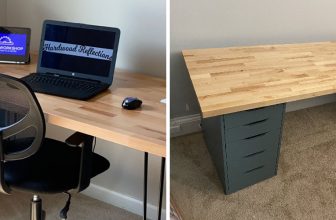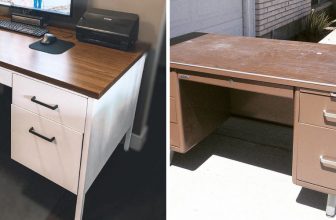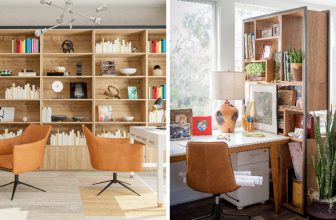How to Set Standing Desk Presets
In the contemporary work landscape, where sedentary habits can take a toll on our health and productivity, standing desks have emerged as a popular solution. They allow us to break free from prolonged sitting, promoting better posture, increased energy, and improved focus throughout the workday.
However, the true potential of a standing desk is harnessed when it’s equipped with personalized presets, enabling seamless transitions between sitting and standing positions.
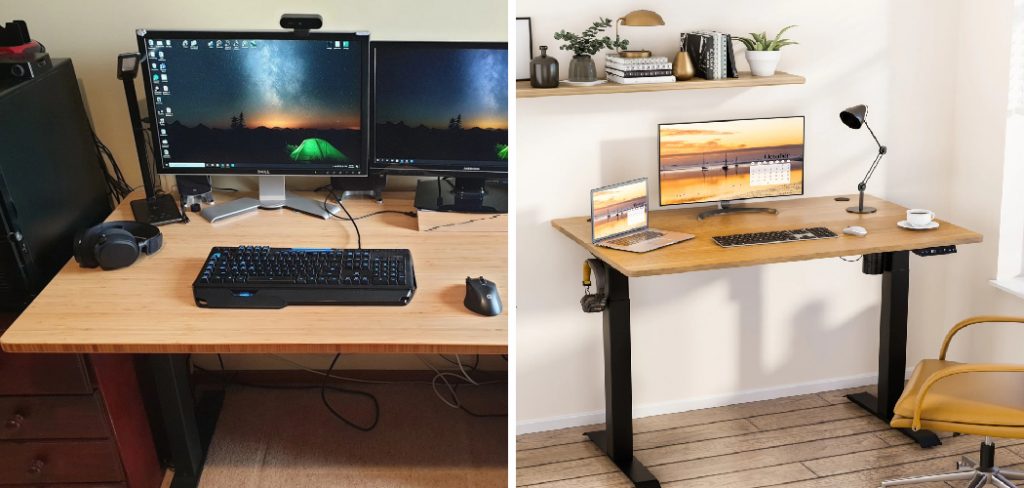
Setting standing desk presets tailored to your specific needs and preferences can significantly enhance the ergonomic benefits of your workspace. In this comprehensive guide, we will explore how to set standing desk presets, delve into the steps to properly set them up, and discuss tips to maximize their effectiveness, ultimately promoting a healthier and more efficient work environment.
The Benefits of Using a Standing Desk
A standing desk, also known as a stand-up desk or sit-stand desk, is an adjustable work surface that allows individuals to switch between sitting and standing while working. The concept of using a standing desk has gained popularity in recent years due to the health benefits associated with reducing sedentary behavior.
The human body is designed for movement, not prolonged periods of sitting. However, with the rise of desk jobs and sedentary lifestyles, many individuals spend long hours sitting at their desks. This can lead to various health issues such as back pain, obesity, and cardiovascular disease.
Using a standing desk helps combat these negative effects by encouraging regular movement throughout the day. Standing for short periods of time while working not only burns more calories than sitting but also improves overall posture and reduces strain on the lower back.
Furthermore, standing desks have been shown to increase energy levels and productivity. Studies have found that individuals who use standing desks experience less fatigue and greater concentration compared to those who sit for extended periods of time.
In addition to promoting physical health, standing desks can also benefit mental health. Alternating between sitting and standing can improve mood and reduce stress levels, ultimately leading to a more positive overall work experience.
The Importance of Setting Presets for Standing Desk
In recent years, the use of standing desks has become increasingly popular in many workspaces. These desks allow individuals to alternate between sitting and standing throughout the day, promoting better posture and reducing the negative effects of prolonged sitting. However, simply having a standing desk is not enough. To truly reap the benefits, it is important to properly set and utilize its presets.
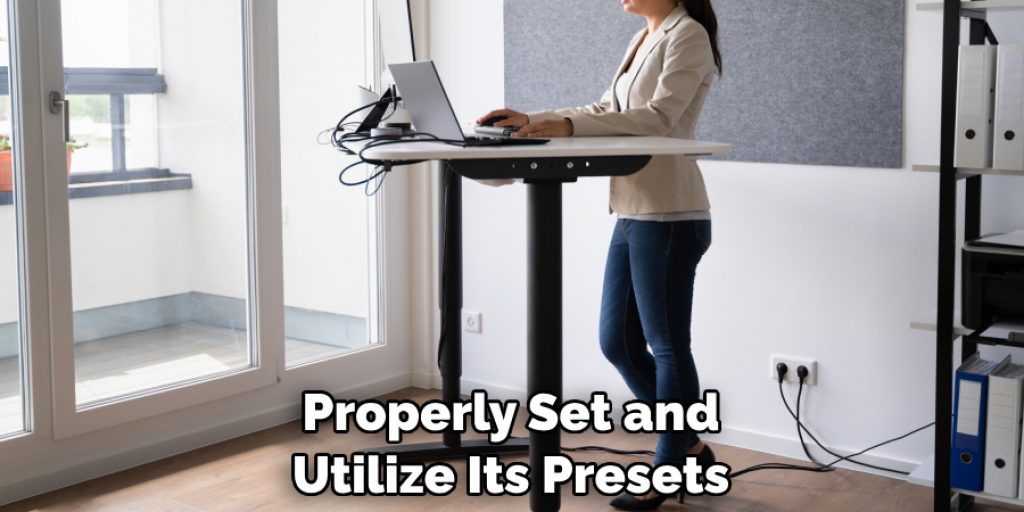
Setting presets on a standing desk allows for quick and easy adjustments between sitting and standing positions. This is especially useful when sharing a desk with others, as everyone can have their own personalized settings. Additionally, having preset options encourages individuals to switch between sitting and standing regularly, rather than remaining in one position for extended periods of time.
But why is it so important to switch between sitting and standing? Research has shown that prolonged sitting can lead to a variety of health issues, such as obesity, cardiovascular disease, and even premature death.
Standing desks help combat these negative effects by promoting movement and reducing sedentary behavior. By setting presets on your standing desk, you are more likely to alternate between sitting and standing throughout the day, helping to improve your overall health.
10 Steps How to Set Standing Desk Presets
1. Measure Your Desk Height:
Before you can begin setting up your standing desk presets, it is important to measure the height of your desk. This will ensure that you are able to adjust the height of standing desk correctly so that it is comfortable for you to use. If possible, use a tape measure or ruler to measure the exact height of your desk.
2. Adjust Your Chair Height:
Once you have measured the height of your desk, it is time to adjust the height of your chair. It is important to make sure that the seat of the chair is at a comfortable level for you when sitting down and that the backrest provides enough support for your lower back.
3. Set Your Standing Desk Presets:
Once you have adjusted the height of both your chair and desk, it is time to set up your standing desk presets. Depending on how tall or short you are, there may be multiple preset heights that work best for you. Take some time experimenting with different heights until you find one that works best for you and feels comfortable when standing up and working at your desk.
4 Monitor Positioning:
When setting up your standing desk presets, it is also important to consider where you will be placing your computer monitor(s). Ideally, monitors should be placed at eye level in order to avoid neck strain while working in a standing position.
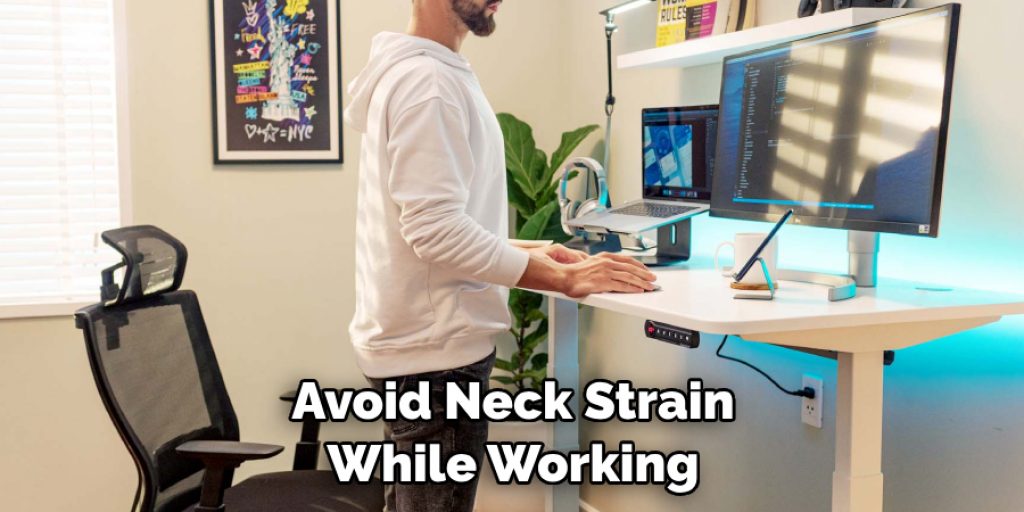
5. Keyboard Placement:
The placement of your keyboard should also be taken into consideration when setting up a standing workspace. It should be placed directly in front of you at a comfortable distance away from yourself so as not to cause any unnecessary arm or shoulder strain while typing or using other input devices such as a mouse or trackpad.
6. Footrests:
If possible, try adding footrests into your setup as they can help reduce fatigue in the legs and feet while working in a standing position over long periods of time. Make sure that whatever type of footrests you choose are adjustable so that they can be moved around depending on what feels most comfortable for you while working in a standing position throughout the day.
7. Lighting Considerations:
Proper lighting is also an important factor when setting up any type of workspace but especially when creating one specifically designed for working in a standing position throughout the day. Try adding additional lighting sources such as lamps or task lights if needed so as not to strain yourself by having too little light available while working at night or during darker days.
8. Invest In A Good Mat:
Investing in a good mat can also help reduce fatigue and discomfort while working in a standing position throughout the day. Look for mats with anti-fatigue properties such as those made from memory foam which can help cushion and support feet while providing relief from hard surfaces like concrete floors.
9. Take Breaks:
Finally, don’t forget about taking breaks! Working in a standing position all day can take its toll on our bodies, so remember to take regular breaks throughout each workday. Taking regular breaks helps us recharge our energy levels and keep us productive throughout our workdays.
10. Track Progress & Adjust As Needed:
Last but not least, don’t forget about tracking progress and adjusting accordingly! After setting up our first few presets, we should make sure we track how often we switch between each preset, how long we spend using each one, etc. Doing this will allow us to see what works best for ourselves, making adjustments where necessary along the way!
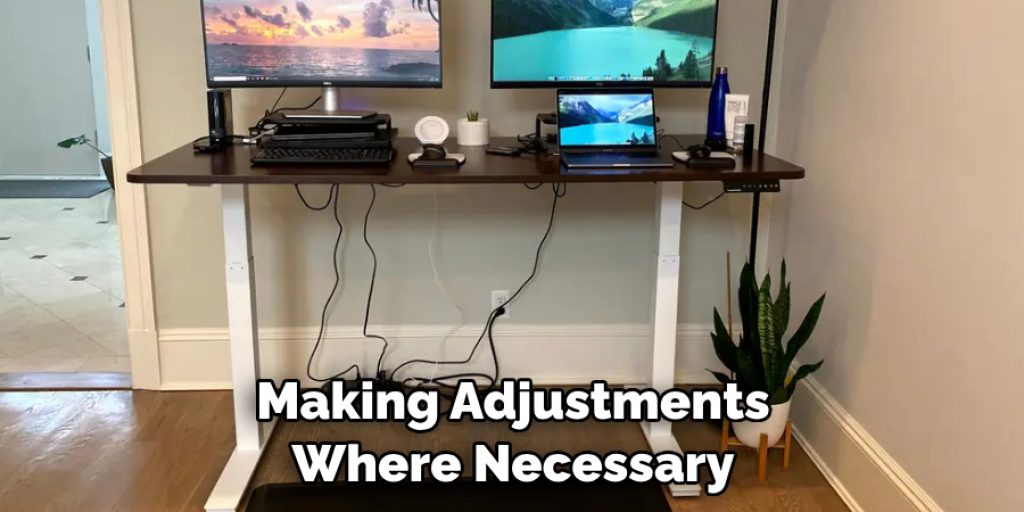
Things to Consider When Setting Standing Desk Presets
Setting standing desk presets has become a popular option for individuals who want to incorporate more movement into their daily routine. This feature allows you to quickly and easily adjust your desk to the perfect height without having to manually do so every time.
1. Desk Height
The first thing you need to consider is the height of your desk. This will greatly depend on your own height and preference. It’s recommended that when standing, your arms should be at a 90-degree angle and your eyes should be level with the top of your computer screen. You may need to adjust the height a few times before finding the perfect setting.
2. Time Spent Standing
It’s important to gradually increase the amount of time you spend standing at your desk. Starting off with short intervals and gradually increasing them will allow your body to adjust and prevent any discomfort or strain. It’s also recommended to alternate between standing and sitting throughout the day for optimal health benefits.
3. Movement While Standing
It’s not enough to simply stand at your desk, you should also incorporate movement into your routine. This could include walking in place, stretching or even using a balance board to engage your core muscles. Not only will this prevent fatigue, but it can also improve blood circulation and overall energy levels.
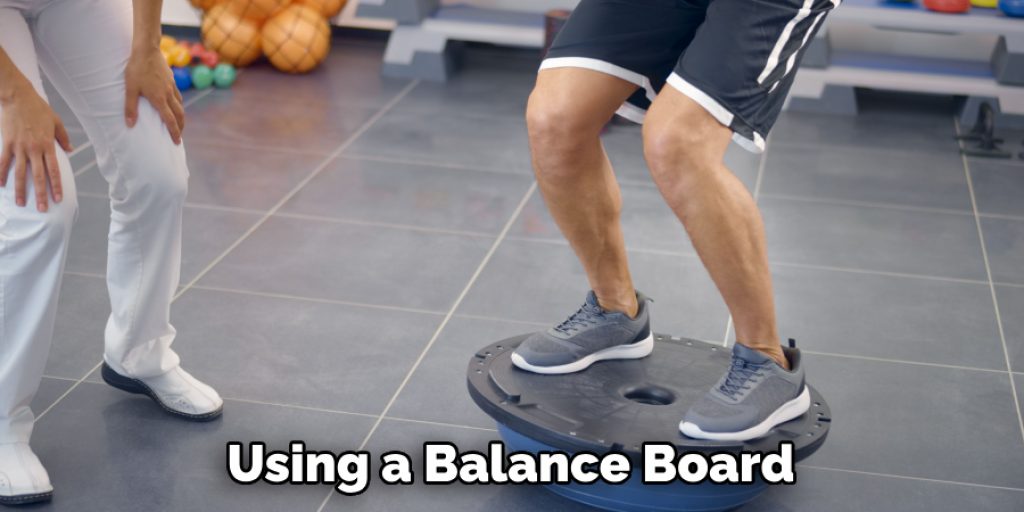
Conclusion
Setting standing desk presets is an excellent way to get the most out of your office space and improve your posture. With this step by step guide, you now have the tools needed to adjust your desk and make the most of every working hour! Hopefully this tutorial was useful in getting you started on how to set standing desk presets and improve your ergonomic health.
Don’t be afraid to experiment with the different preset heights to discover what works best for you — after all, it’s your workspace that will be benefiting from this increased level of comfort. As always, take care of yourself, and don’t forget that even a few minutes per day spent standing can make a difference in your work quality. Thanks again for reading — happy standing!

